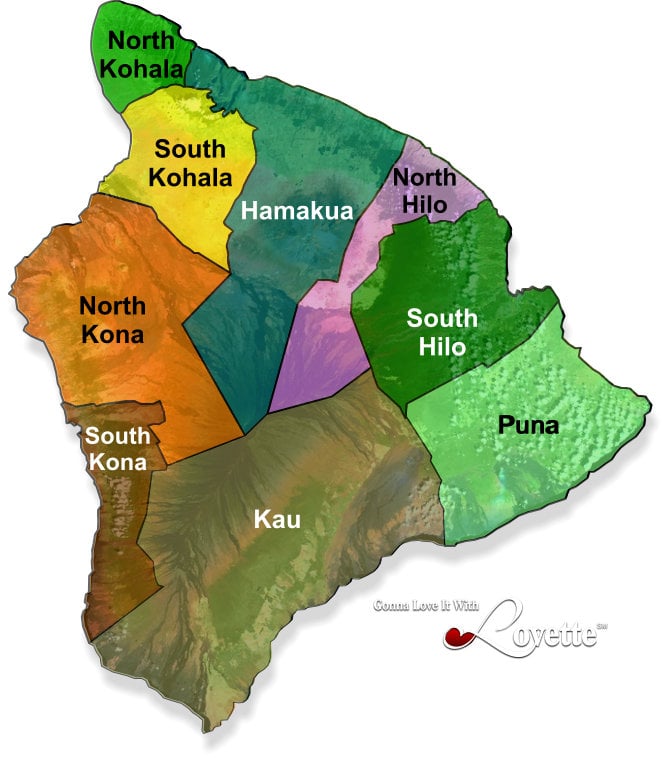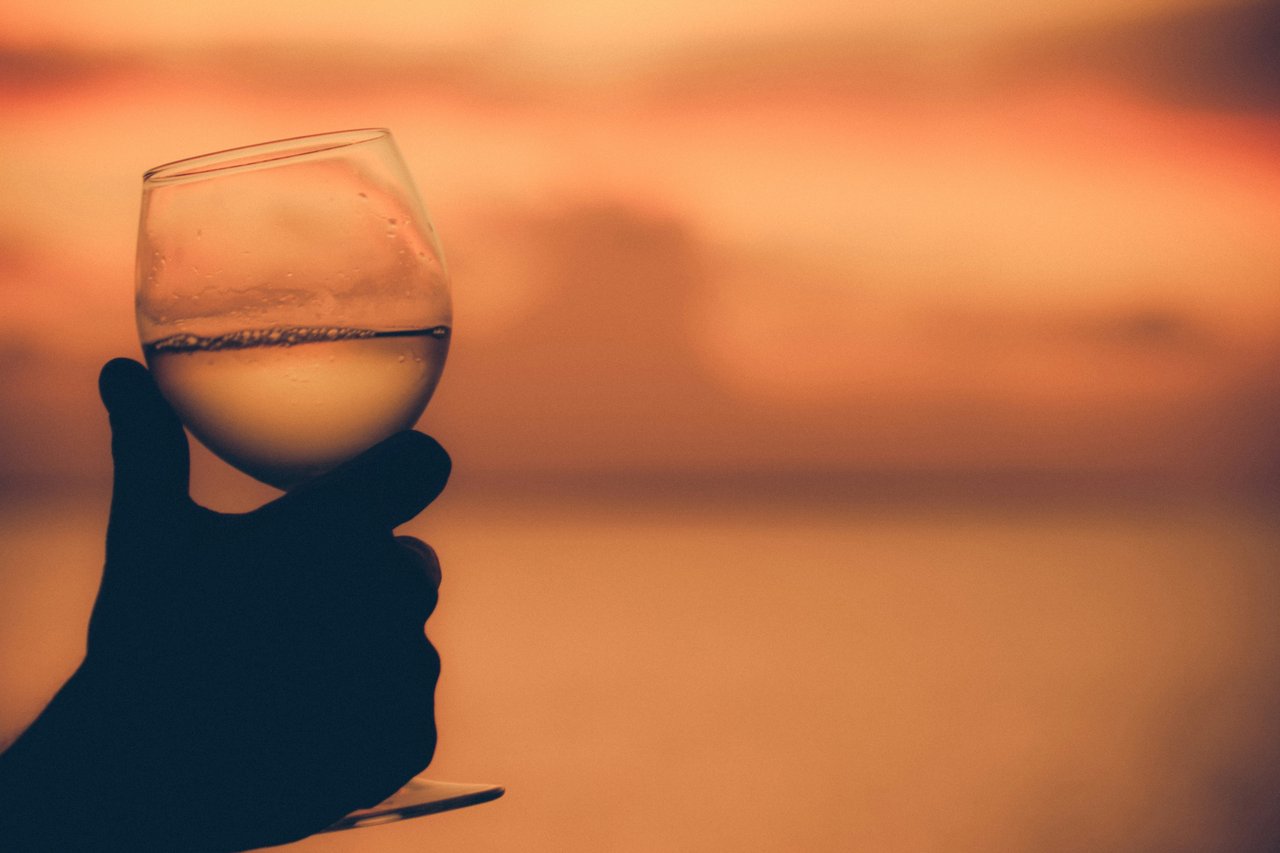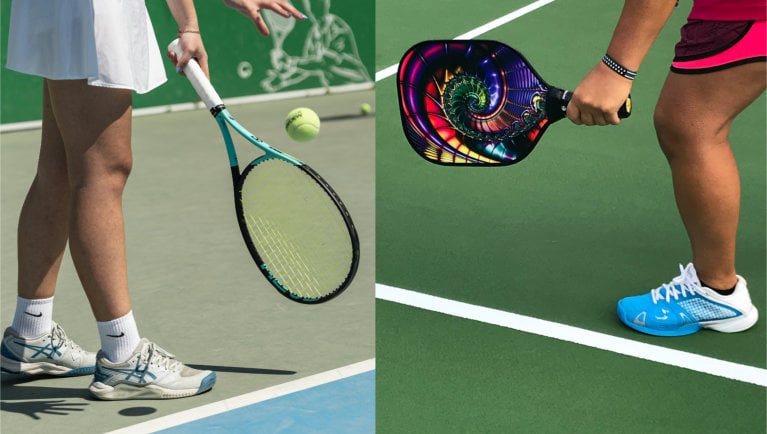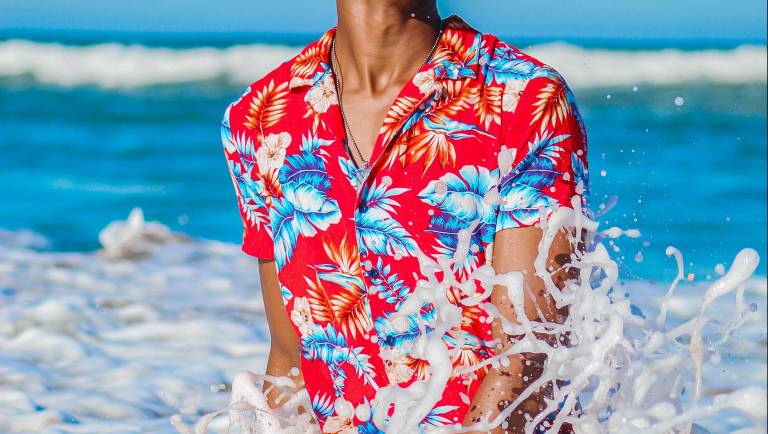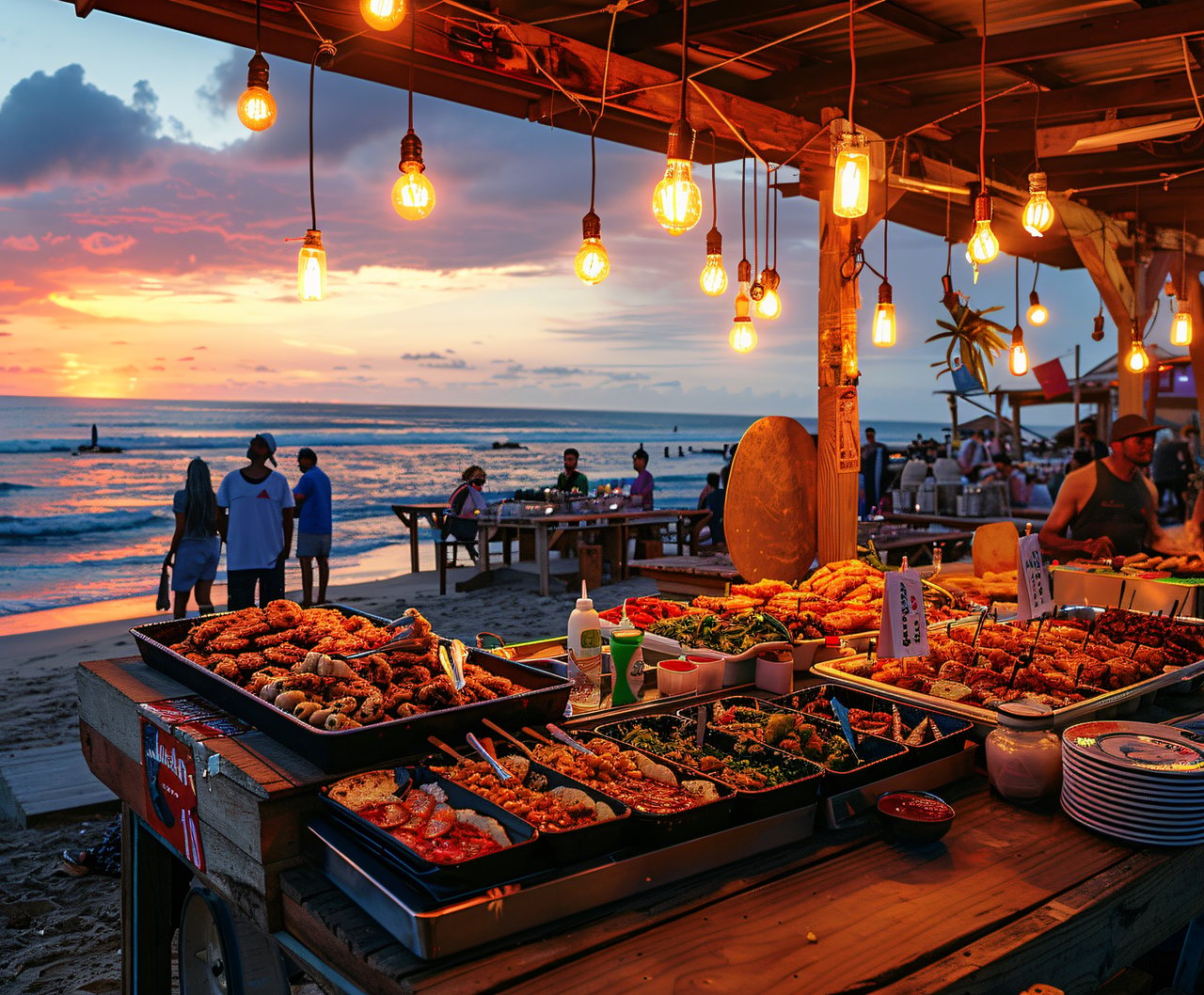As the largest isle in the Hawaiian Archipelago, Hawaii’s landscape is as diverse as it is large. The Big Island is often split a myriad of different ways, by region, by political boundaries, or even by major roads. However, to understand exactly where a local is talking about when they mention a hidden lookout point in South Hilo, you need to know the 9 districts and exactly where to find them on a map.
Refer to the map below as we detail each of the 9 districts, their climate, and a few attractions.
Hamakua
Located on the northeast shore, this stretch of coast is renowned for its lush rainforests, cascading waterfalls, and deep green valleys. The Hamakua Coast is known for being one of the most scenic drives on the island. 84 inches of rainfall per year contribute to the tropical foliage. To make this drive, begin at the Hamakua Heritage Corridor in Hilo to Waipio Valley Lookout. Then thank us later.
North Hilo
Continuing along Hawaii State Highway to the south will run you into an even more lush atmosphere of North Hilo. With 120 inches of rainfall per year, this section of Hawaii is more like a terrarium than anything else. Dominated by deep soil and large swaths of agricultural parcels, North Hilo is a rural jungle with hidden waterfalls the further you venture in. There haven’t been any recent lava flows to cover this part of the island which has created a deep and nutrient-rich soil that contributes to the thriving agrarian community here.
South Hilo
Home to two of the Big Island’s most significant attractions. Rainbow Falls and some serious seasonal surf. Honolii Beach Park is generally where you will find surfers lined up for the swells that have made Hawai’i renowned in the sport. If you’d prefer to hike, then head to Wailuku River State Park, featuring Waianuenue, or Rainbow Falls. This easy access waterfall is a short hike within town where you can see water streaming 80 ft over a lava cave. Ancient cultures believed this location to be home to the goddess Hina, goddess of the moon.
Puna
On the southeast shore is the Puna District. Continuing on the theme of the diverse landscape of the Big Island, a new landscape feature entices visitors here. Volcanically heated hot springs. Kilauea volcano, located in the Puna district, is extremely active and the benefit is these freshwater springs. Isaac Hale Beach Park features a gorgeous black sand beach that was newly created during lava flows in 2018. This eruption created several naturally formed thermal springs available in the Puna district. There are much more details about their formation available at the Park.
Kau
The largest district on the big island features beaches of multiple colors. Punalu’u Black Sand Beach and Papakolea (Green Sand) Beach are both located in this higher altitude district. The color dichotomy between the blue water and eclectic sand (seen below) is a sight you won’t find anywhere else in the world.
South Kona
Filled with historical significance and of course aromas of coffee from the numerous small family farms, South Kona has a slower pace of life. Stop at any number of cafés for a cup or take a tour of some of the farms to enjoy the views and the hikes as you find out why the climate and soil contribute to such a fantastic cup of coffee.
North Kona
As we make our way around the island, we head to some of the more populous areas. North Kona has numerous visitor attractions, state parks, picturesque resorts, and fine dining options. Kona Brewing Company is the local microbrewery that has a wide selection of beer and ales to pair with their excellent entrees. For a more upscale restaurant, head to Huggo’s. A Kona staple and waterfront restaurant located just north of the Royal Kona Resort.
South Kohala
Home to Hapuna Beach and numerous luxury resorts. The first luxury resort in Hawaii, Mauna Kea Beach Hotel on Kauna’oa Beach is located in South Kohala. Numerous custom-designed homes dot the landscape of South Kohala, and the region is tailor-made for avid tennis players and golfers. The Hapuna Beach Prince Hotel features the famous Hapuna golf course and a tennis center with 11 oceanfront courts.
North Kohala
Historically significant as the birthplace of King Kamehameha the Great. The Mo’okini Heiau remains one of the most important cultural sites across the island chain. Although a bit remote, the Kohala Historical Sites State Monument is a must-see during a visit to the Big Island.
Let’s Chat
Give me a call at 808.938.3910 or email me if you are interested in learning more about any of the districts of the Big Island or anything in general about life on the Big Island of Hawaii.

